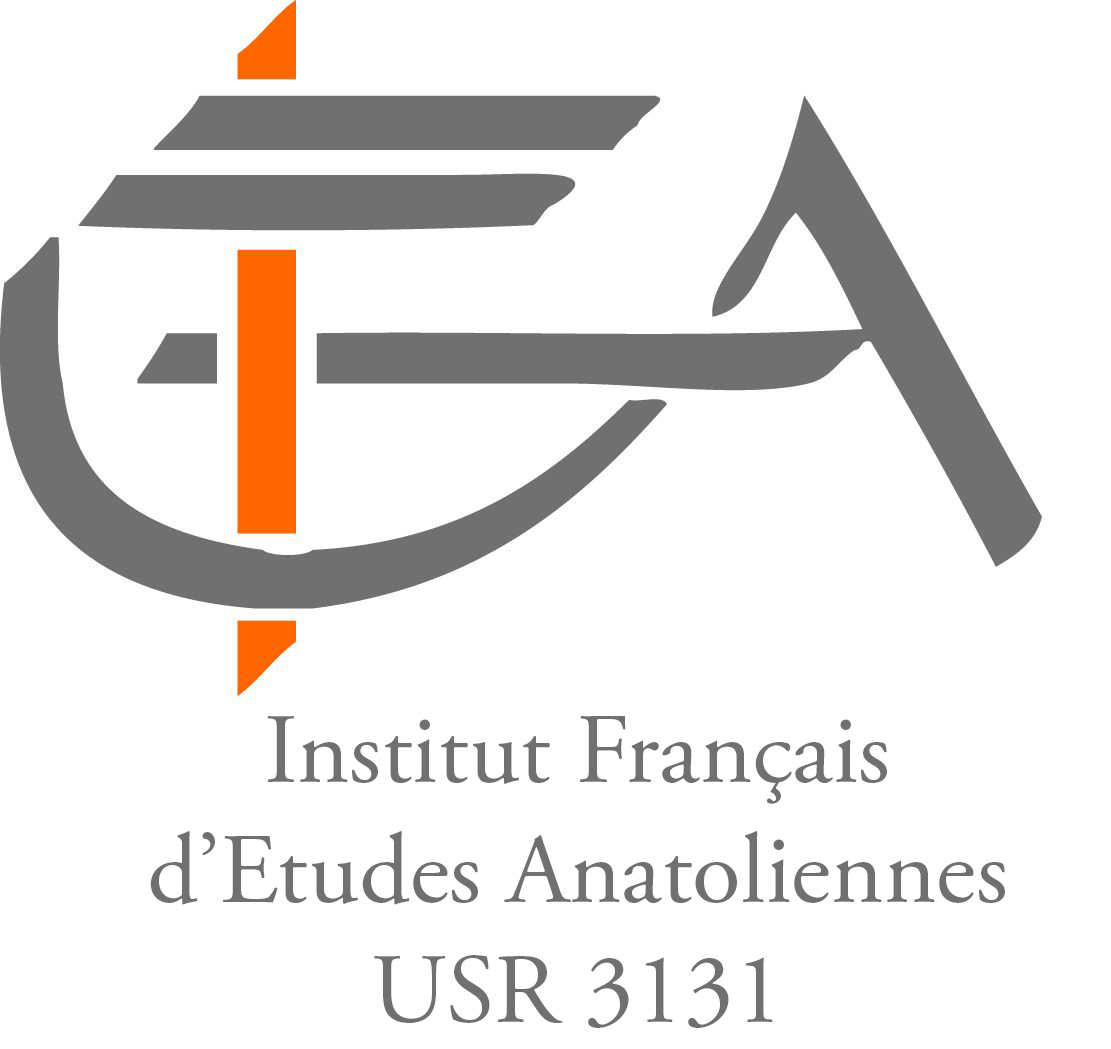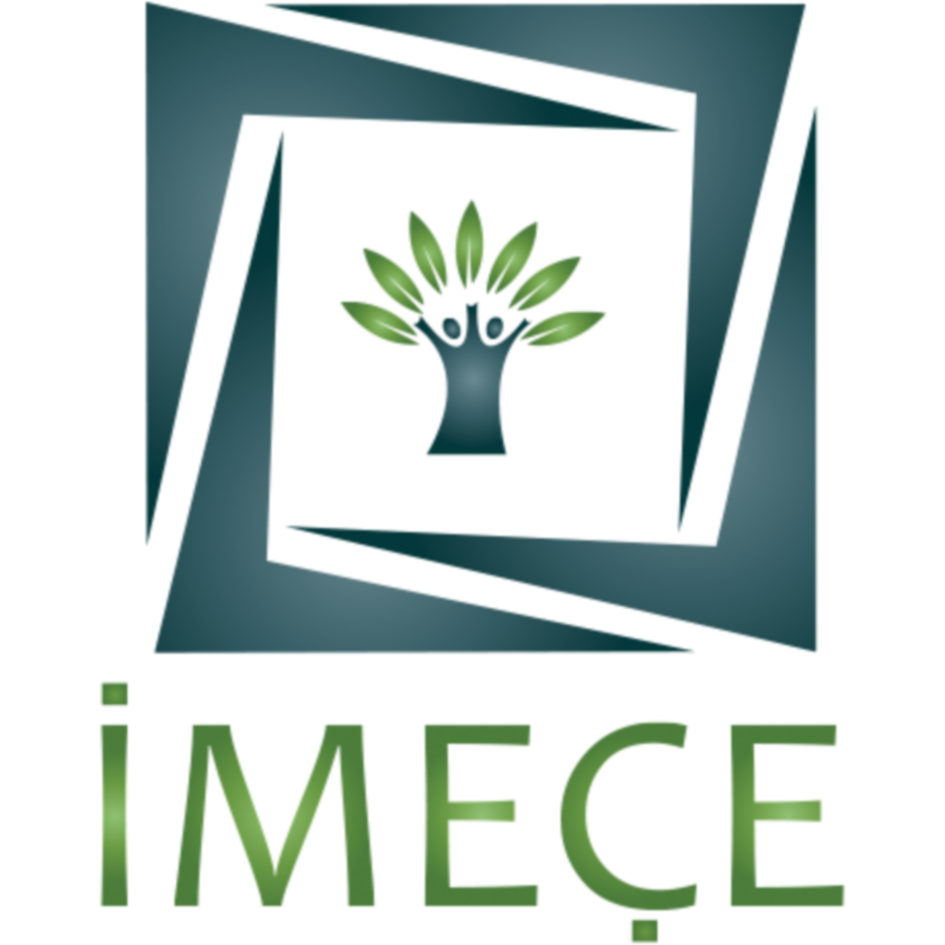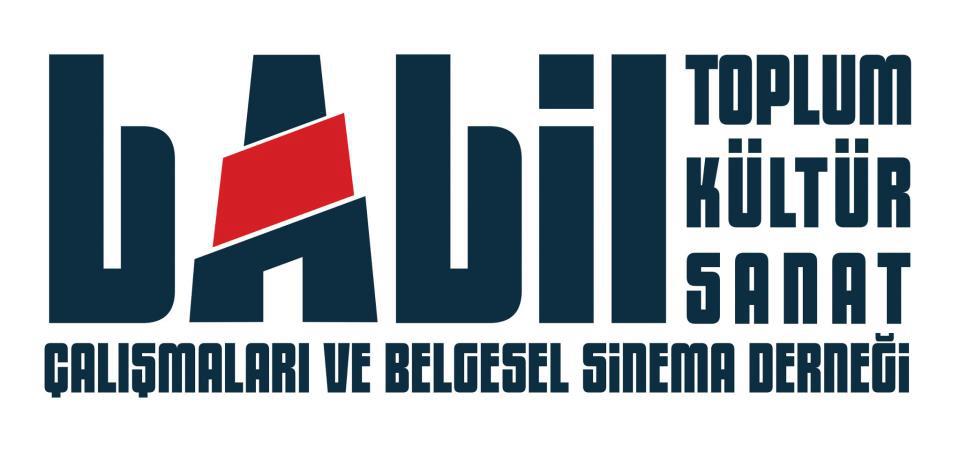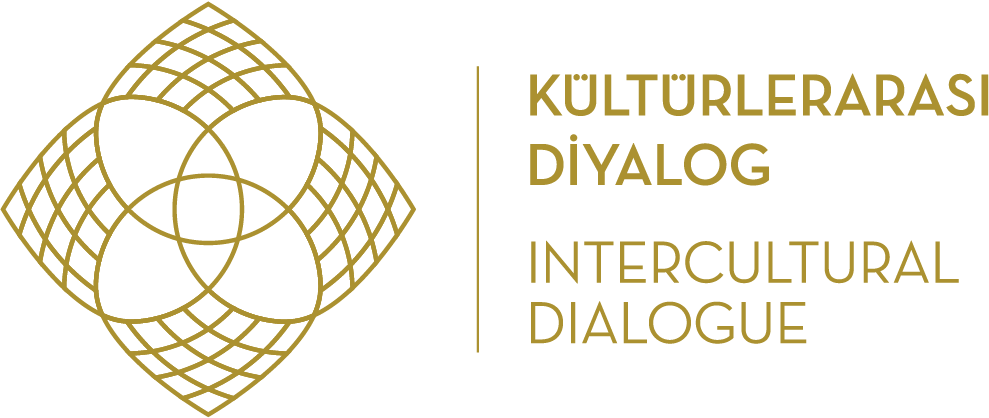
A project co-financed by the European Union and the Republic of Turkey
Moving Domestication
This season focuses on the transition from foraging to farming and hunting to herding as a prominent threshold in human history. Economies based on domesticated plants and animals are associated with radical reorganisation of human societies as well as major manipulation in biodiversity and landscape. Aim of the season is be to bring together new sources of information to consider, to stimulate academic discussion on the origins, spreading, and changes of domesticated animal and plant profiles in the west Asian and southeastern European regions, and outlining our current understanding of these developments. This discussion is part of the international documentary film “Moving Stones” which is part of the larger project “Europe’s Neolithic Bridge: Documenting and Disseminating the Neolithic Heritage of Anatolia”, funded by the Grant Scheme for EU-Turkey Intercultural Dialogue (ICD).
Increasingly more sophisticated methods for documenting domestication in plants and animals have allowed for better understanding of the complex interactions that occurred amongst humans, animals, and their environments during the Neolithic. This season focus on faunal and floral economies in the North Mesopotamian, Anatolian and the Balkan regions of the Neolithic period. We aim to discuss the multilayered and complex processes regarding the spread of domesticated plants and livestock and the timeframe over which this spread took place. While an increased connectivity between South-east Anatolian and the Balkans was already established by the start of the Neolithic period, the circulation of raw materials, tools, skills, and even material styles throughout the region before and during the Neolithic established significant cultural corridors of communication. The aim of this workshop is to explore the role of faunal and floral resources within these interactions.
Europe’s Neolithic Bridge
This project aims to highlight the Anatolian archaeological heritage by means of a documentary film and a series of related activities. The documentary film Moving Stones will illustrate the adoption and transfer from the Near East to Europe of some of the most significant changes of the Human lifestyle: the domestication of plants and animals as well as sedentism. By the actions of this project, the Anatolian archaeological heritage will be put forward as the proof of the continuous ongoing dialogue, collaboration and cross-border exchanges of all periods. It is funded by the Grant Scheme for EU-Turkey Intercultural Dialogue Programme (ICD), which is co-financed by the European Union and republic of Turkey and implemented by the Yunus Emre Institute.
Moving Stones

The documentary film Moving Stones (directed by Nalân and Enis Sakızlı, VTR YAPIM) will show how innovations characteristic of the Neolithic period moved from Western Asia to Southern Europe, via Anatolia. The documentary film project is being carried on with a core team of 8 people. During the filming of the documentary, 35 Neolithic sites and 22 museums have been shot on location. Interviews of a total of 43 scientists both from Turkey and abroad had been filmed. Also, 15 students and 23 people, who are members of the local community had been filmed. It is set for release in July 2020. The workshop in Athens will help the film makers to shape the academic content of the documentary in line with the most recent research on the Neolithic Mediterranean. Clips from session discussions will feature in the final film.
Visit the project
Archaeological Unit
French Institute for Anatolian Studies
Nuru Ziya Sk No:10, Beyoğlu Merkez
34433 Istanbul - Turkey
Its contents are the sole responsibility of IFEA and do not necessarily reflect the views of the European Union or Yunus Emre Institute





